Tag: Congress
-
An early look at North Carolina’s U.S. Senate election in 2026

Voters in North Carolina will elect one member to the U.S. Senate in the general election on Nov. 3, 2026. Incumbent Sen. Thom Tillis (R-N.C.), who first assumed office in 2015, announced that he would not seek re-election in 2026. According to The Cook Political Report’s Amy Taylor, Tillis’ retirement makes the seat a “top…
-
Vice President J.D. Vance casts fifth tie-breaking vote to pass One Big Beautiful Bill Act
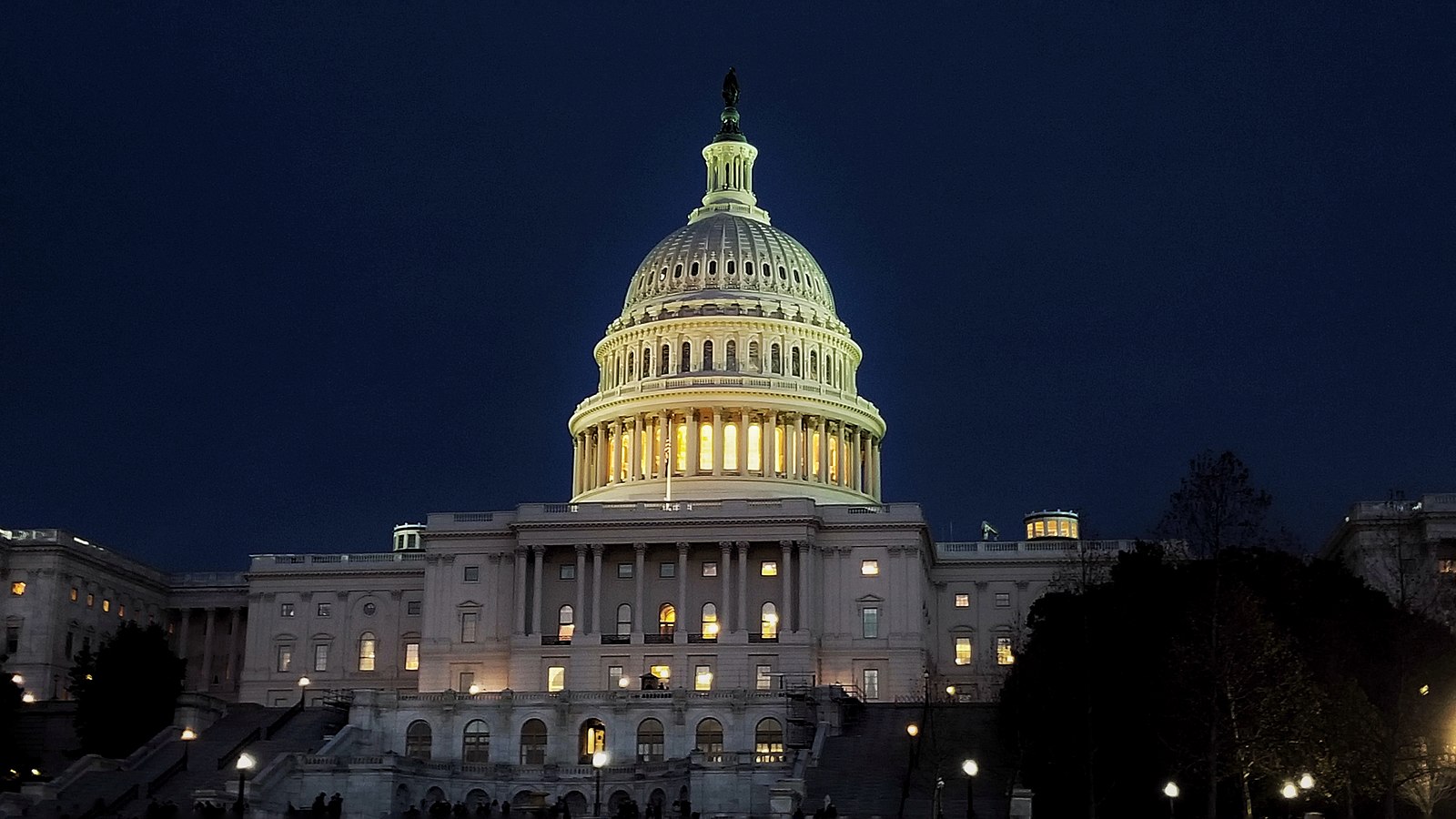
On July 1, 2025, Vice President J.D. Vance cast his fifth tie-breaking vote in the U.S. Senate to pass the One Big Beautiful Bill Act, the budget reconciliation bill currently before Congress. Fifty Republicans voted in favor of the bill, while 45 Democrats, two Independents who caucus with Democrats, and Republican Sens. Susan Collins (R-Maine),…
-
Reconciliation, Explained (pt. 2) — What to watch as Congress negotiates Trump’s budget bill

Episode #190 Reconciliation, Explained (pt. 2) — What to watch as Congress negotiates Trump’s budget bill On this episode: Congress is once again turning to the powerful tool of budget reconciliation to try and pass major legislation — and with razor-thin majorities in both chambers, every vote counts for the Republican coalition trying to pass…
-
Nine members of Congress have announced they will not seek re-election in 2026
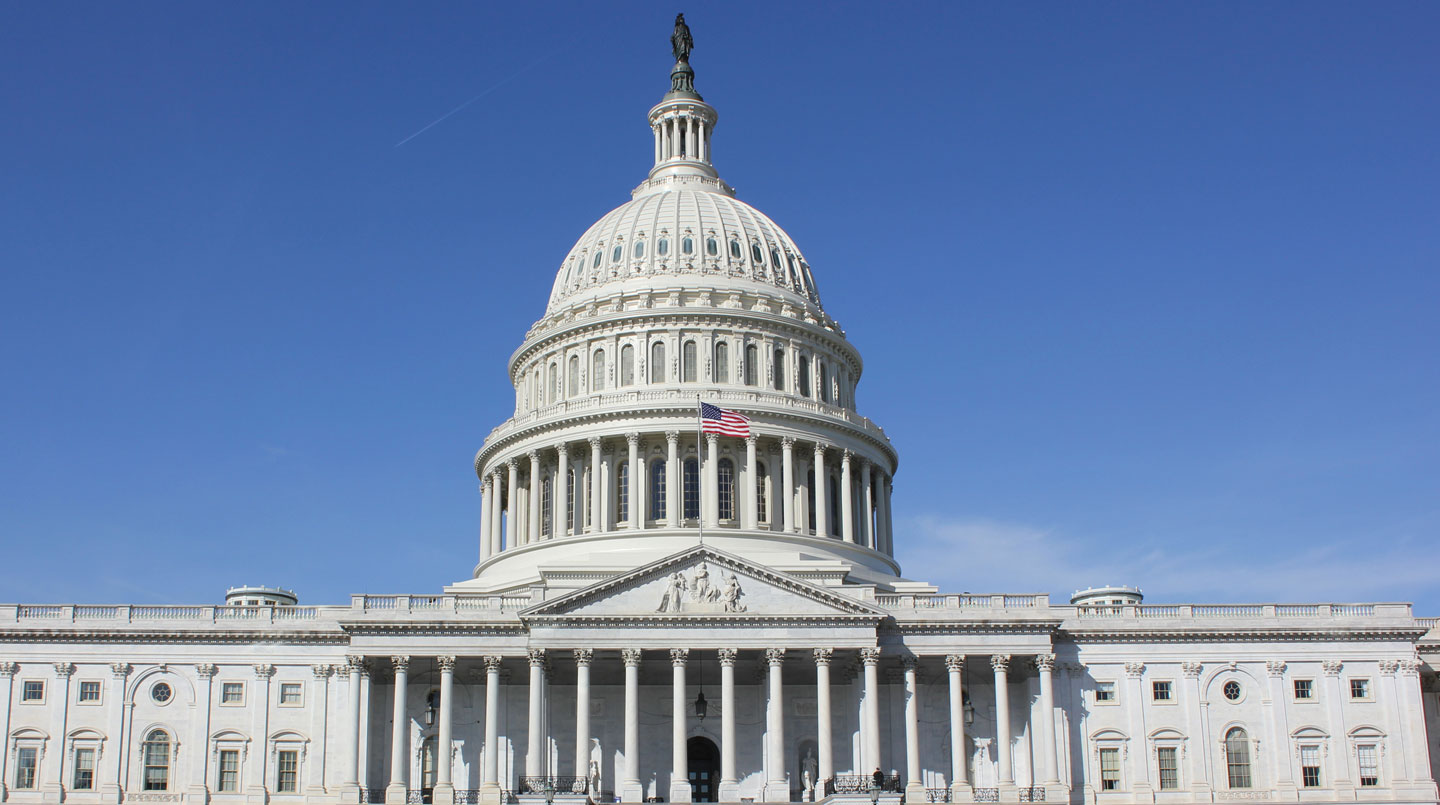
Since our March 19 update on congressional retirements, three members of the U.S. House of Representatives—one Democrat and two Republicans—have announced they will not seek re-election in 2026. Those representatives include: Additionally, Sen. Michael Bennet (D-Colo.) announced his candidacy for Colorado governor on April 10. Since Bennet is not up for re-election until 2028, he…
-
Six members of Congress have announced they will not seek re-election in 2026
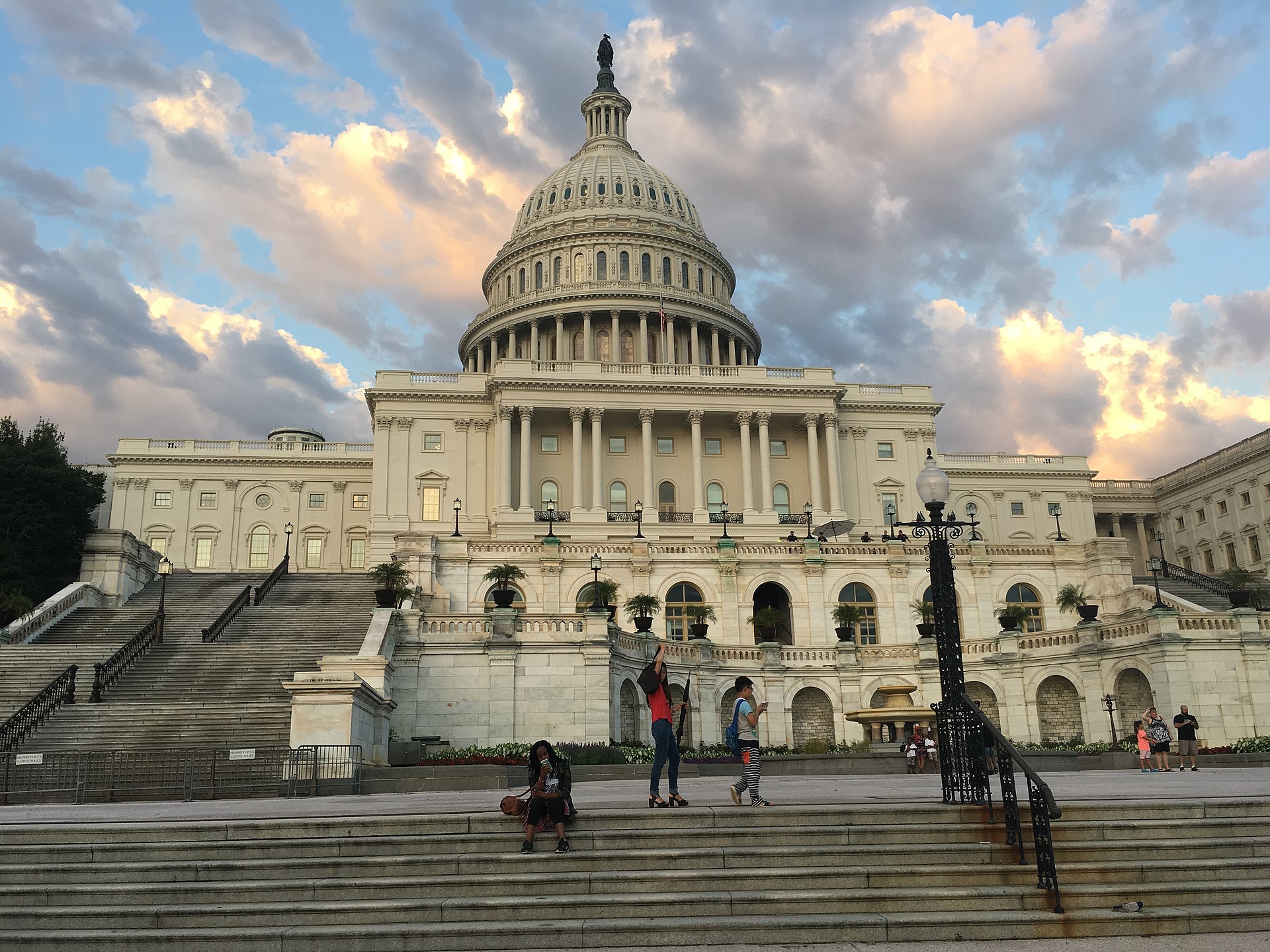
With 20 months to go until the 2026 midterm elections, six members of Congress—four senators and two representatives—have announced that they will not seek re-election that year. We’ll explain how these figures compare to previous years and what they tell us about the state of play for both parties in 2026. U.S. Senate Since our…
-
196 bills on the administrative state introduced in 2025 sessions so far

Ballotpedia’s Administrative State Legislation Tracker captured 196 bills introduced in the 2025 legislative session as of Jan. 17. Legislators in 28 states and Congress filed bills, including policy proposals related to oversight of regulations, judicial deference to agencies, agency use of artificial intelligence (AI) surveillance, regulation budgets and limitations, cost-benefit analysis requirements, agency appointment processes,…
-
No members of Congress have announced 2026 retirement plans since Nov. 27
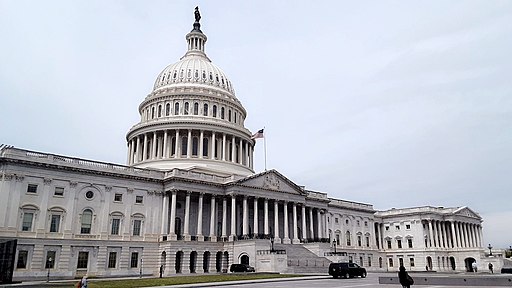
No members of the U.S. Congress have announced plans to not seek re-election in 2026 since Nov. 27. That means the total number of congressional retirements for 2026 remains at one. The last incumbent to announce their retirement was Rep. Raúl Grijalva (D-Ariz.), who said he would not seek re-election to the U.S. House of…
-
Congressional Republicans reintroduce REINS Act with new provisions
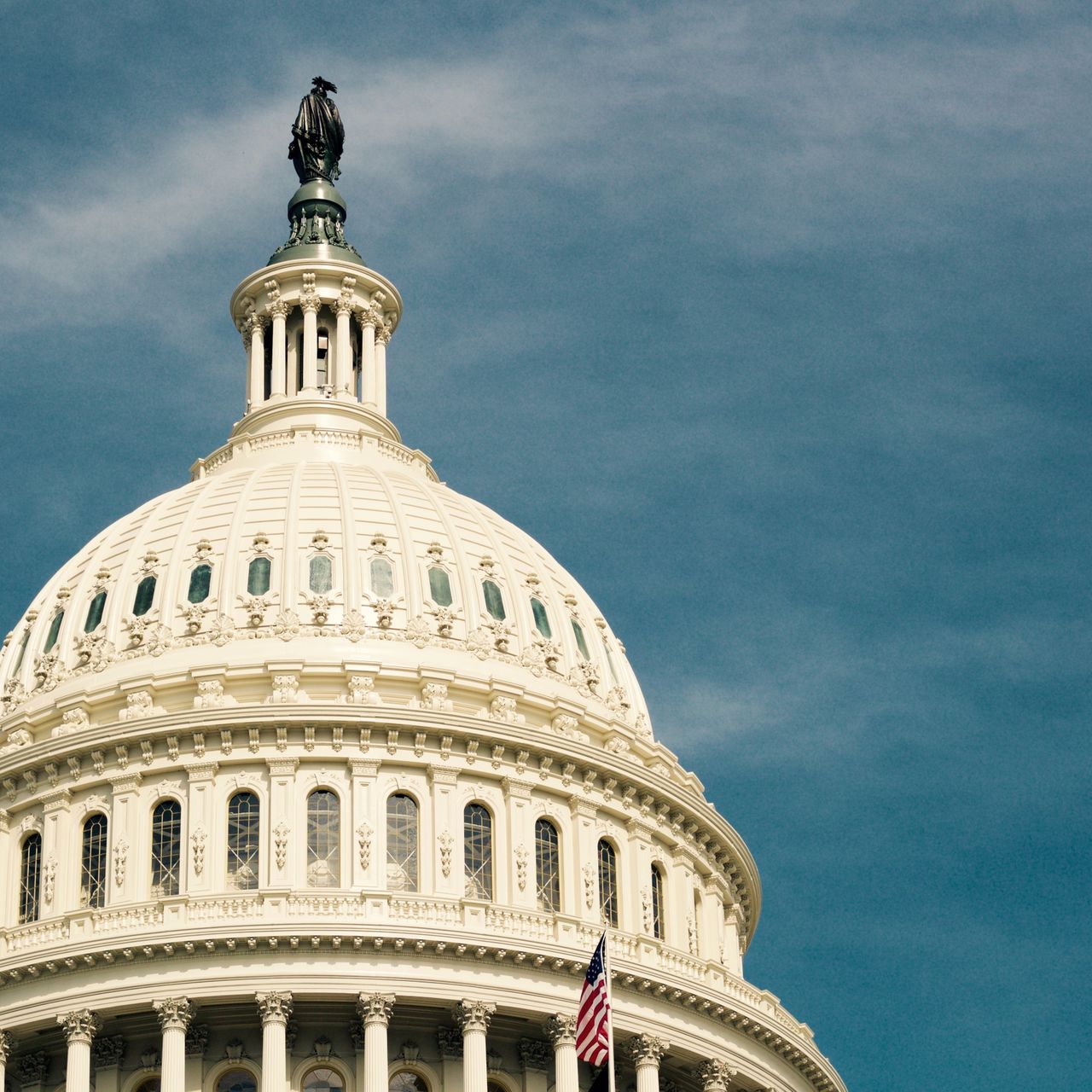
Rep. Kat Cammack (R-Fla.) and Sen. Rand Paul (R-Ky.) on Sept. 18 reintroduced the Regulations from the Executive in Need of Scrutiny (REINS) Act in the 118th Congress with four additional provisions that would: The background The REINS Act is a legislative proposal that would require congressional approval of major agency rules with an economic…
-
For a fourth straight month, the number of members of Congress who have announced retirement so far this year is 53
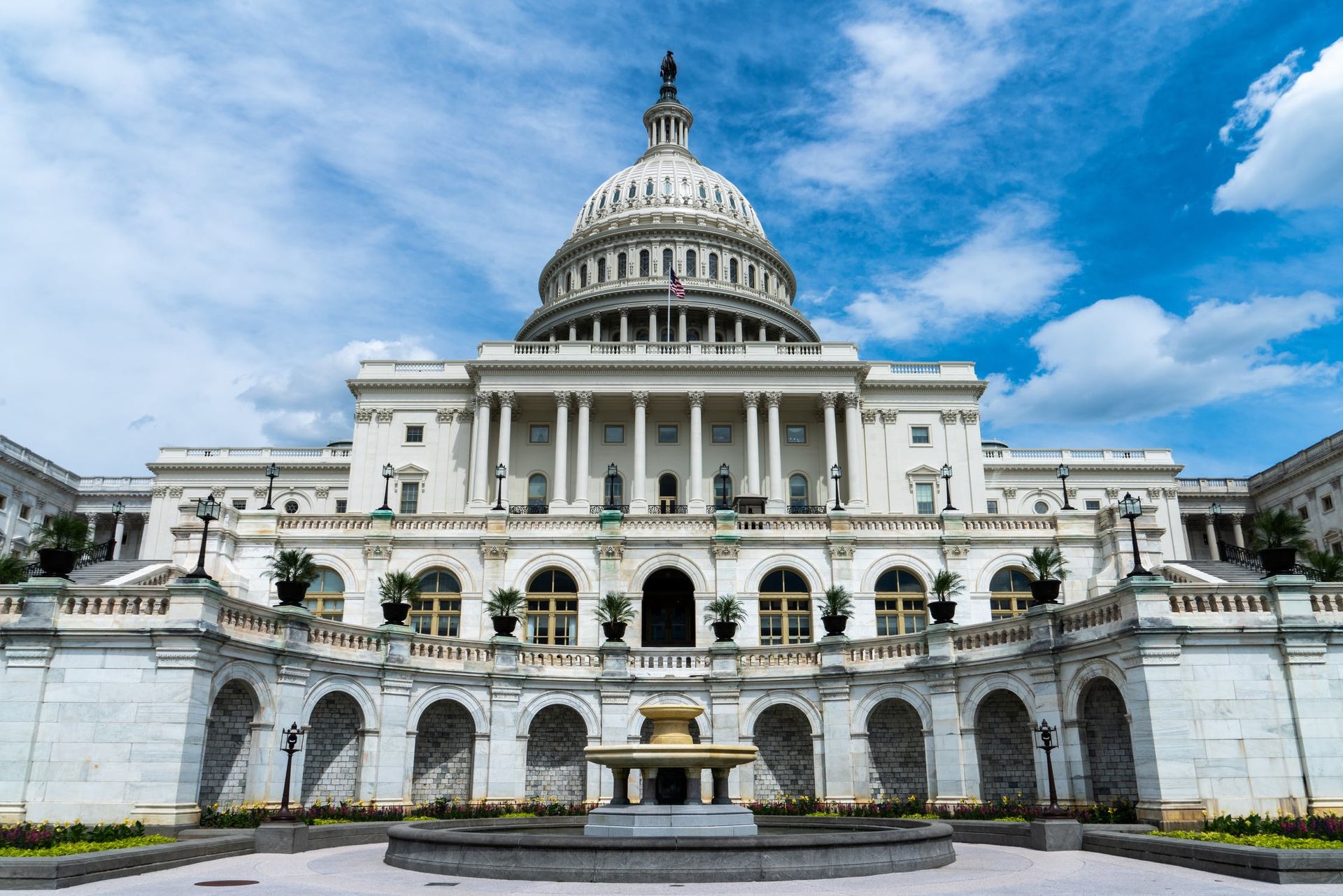
Fifty-three members of Congress—eight senators and 45 representatives—have announced they will not seek re-election this year. That’s the same number that was reported in our August 21 update on congressional incumbents not seeking re-election. Since then, there have been no new retirement announcements. The last incumbent to announce their retirement was Rep. Garret Graves (R-La.)…
-
For a third straight month, the number of members of Congress who have announced retirement so far this year is 53

Fifty-three members of Congress—eight senators and 45 representatives—have announced they will not seek re-election this year. That’s the same number that was reported in our July 15 update on congressional incumbents not seeking re-election. Since then, there have been no new retirement announcements. The last incumbent to announce their retirement was Rep. Garret Graves (R-La.)…

